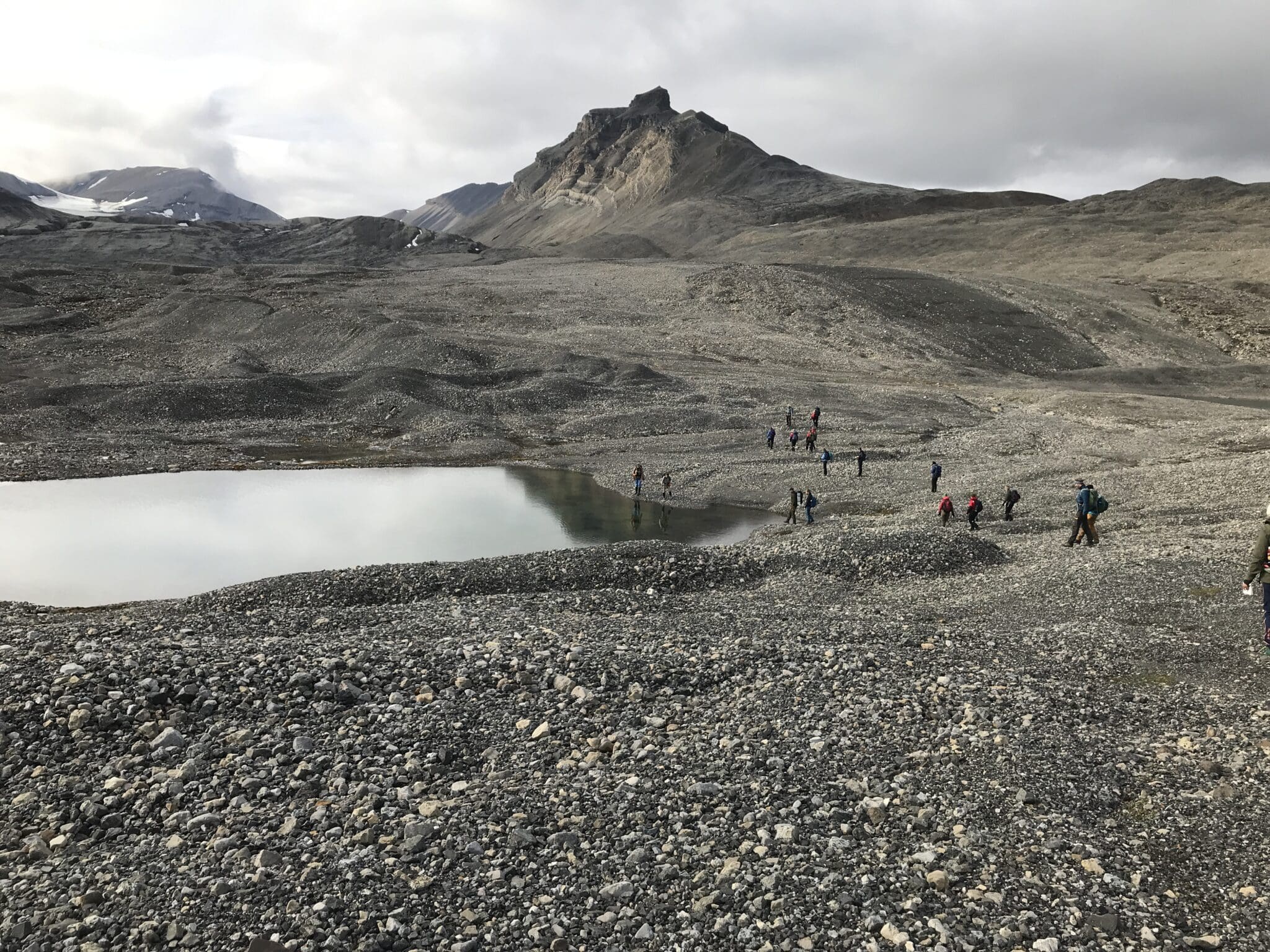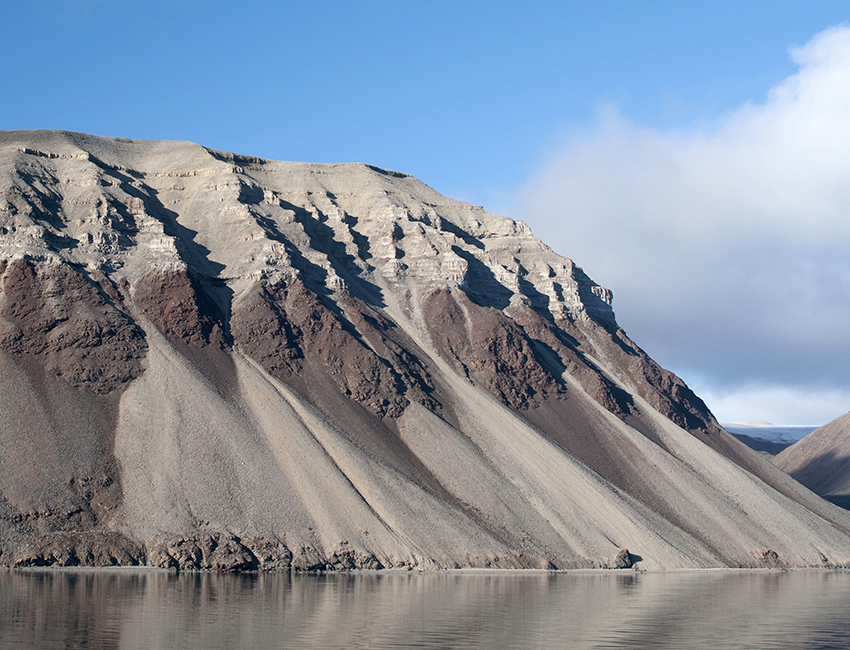Arctic geology courses


The unique geology of Svalbard and its present-day cryosphere provide superb opportunities to study geoscience. The Arctic Geology courses at UNIS are therefore built to take full advantage of having a high Arctic field setting on our doorstep. Hands-on field activities are closely integrated with state-of-the-art classroom education and, during your stay, you will become part of a vibrant international geology and physical geography community of Arctic-focused research.
The geological evolution of Svalbard is recorded in spectacular geological sequences spanning the Precambrian to the Cenozoic, and overlain by Quaternary glacial and interglacial deposits. Easily accessible outcrops make it possible to demonstrate the interplay of continental drift with tectonic, glacial, periglacial, coastal, fluvial, and marine sedimentary processes.
There is, for instance, a long history of past climate variations in Svalbard’s geological record. There are pre-Cambrian glacial tills that formed when Svalbard was located on the Southern Hemisphere, organic rich Mesozoic rocks which were deposited at equatorial latitudes, and Quaternary glacial and interglacial marine and terrestrial deposits from its recent Arctic situation. Large parts of the archipelago are currently covered by glaciers, and there is continuous permafrost within ice-free areas, and even below some of the glaciers. The close proximity of present-day geological, glacial, periglacial, marine, and terrestrial processes provides an exciting field laboratory as the basis for study.

Insights from Earth’s climate history: implications for tomorrow
Lorem ipsum…
Bachelor courses
Master courses
PHD courses
Meet our staff
The Cryosphere and polar landscapes
Lorem ipsum…
Bachelor courses
Master courses
PHD courses
Meet our staff
Svalbard’s dynamic lithosphere
Lorem ipsum…
Sustainable Geoscience in the Arctic
Lorem ipsum…
Bachelor course combinations
| Autumn semester | Spring semester |
|---|---|
| AG-214 and AG-215 | AG-209 and AG-222 (2024) |
| AG-211 and AG-223 Arctic Climate Change: Past to Future (2025) |
Teaching blocks
| Teaching block | Start | Insights from Earth’s climate history: implications for tomorrow | The Cryosphere and polar landscapes | Svalbard’s dynamic lithosphere | Sustainable Geoscience in the Arctic |
| Block 1 (spring) | 08.01.24 | AT-305 | AT-331 | ||
| Block 2 (spring) | 26.02.24 | AT-311 | AT-330 | ||
| Block 3 (spring) | 15.04.24 | AT-319 | AT-324 | ||
| Block 5 (autumn) | 06.08.24 | AT-334 | AE-341 | ||
| Block 6 (autumn) | 23.09.24 | AT-301 | AE-342 | ||
| Block 7 (autumn) | 04.11.24 | AT-332 | AE-343 |